|
Voiced by Amazon Polly |
Overview
Picture this boardroom scene: Your CIO presents a $2 million proposal for modernizing the AWS cloud. The CEO turns to you and asks, “Our current systems work fine. Why spend this money now?”
As CFO, you recognize this isn’t just an IT question, it’s a strategic business decision that will define your company’s competitive position for the next decade. The hidden truth? Those “working fine” legacy systems are quietly draining 60-80% of your IT budget on maintenance alone, while competitors invest that same capital in innovation and market expansion.
The real question isn’t whether you can afford to modernize, it’s whether you can afford not to. This guide translates cloud modernization into financial language CFOs understand: ROI, TCO, NPV, and bottom-line impact.
The Comprehensive ROI Framework
- Direct Cost Savings
Organizations adopting AWS with experienced partners typically see significant cost optimization through:
- Better Infrastructure Economics: Cloud-native workloads eliminate expensive hardware refreshes and on-premises capital lock-ins.
- Operational Efficiency: Automation reduces manual tasks, improving overall IT productivity.
- Flexible Spend: Fixed capital costs become variable operating expenses, aligned to usage and growth.
- Productivity and Efficiency Gains
Modern DevOps and cloud-native practices deliver faster outcomes:
- Accelerated Release Cycles: Frequent, smaller releases reduce time-to-market and risk.
- Developer Productivity: Self-service infrastructure and automation free teams from operational bottlenecks.
- Business Agility: New products and regions can be launched in weeks, rather than quarters.
- Risk Mitigation and Compliance
- Security by Design: Modern architectures embed security controls and monitoring from day one.
- Business Continuity: High availability, automated recovery, and multi-region setups ensure resilience.
- Compliance: Continuous compliance automation lowers regulatory and audit risks.
Beyond Hard ROI: Strategic Value Creation
Modernization is far more than a cost-saving initiative. It catalyzes long-term business growth. By embracing cloud-native technologies, organizations unlock the agility to innovate more quickly, adapt swiftly to market changes, and seize new opportunities ahead of their competitors. Modern environments also attract and retain top engineering talent, fostering a culture of innovation and continuous improvement that drives productivity and morale. Moreover, cloud platforms deliver the scalability to support growth without infrastructure bloat, while advancing sustainability goals through efficient resource usage and increasing reliance on renewable energy.
The Financial Model: Your 3-Year Business Case
Sample Model: Mid-Sized Enterprise
Current State:
- Annual IT Budget: $10M | Legacy Maintenance: 65% ($6.5M)
- Infrastructure Costs: $2M annually | Developer Team: 50 FTEs at $150K
- One major outage annually: $500K impact
Modernization Investment:
- One-Time: $1.8M (AWS assessment, migration services, training)
- Year 1-3 AWS Infrastructure: $1.6M → $1.1M → $1M (optimization trajectory)
3-Year Returns:
Year 1:
- Infrastructure savings: $400K | Avoided data center refresh: $1.5M
- Reduced security risk: $700K | Partial productivity gains: $750K
- Total Benefit: $3.35M | Net: +$1.55M (after $1.8M investment)
Year 2:
- Infrastructure savings: $900K | Full productivity gains: $1.875M
- Reduced operations overhead: $500K | New revenue from speed: $1M
- Total Benefit: $4.275M | Net: +$3.175M
Year 3:
- Infrastructure savings: $1M | Sustained productivity: $2M
- Operational efficiency: $650K | Strategic innovation value: $1.5M
- Total Benefit: $5.15M | Net: +$4.15M
3-Year Summary:
- Total Investment: $5.5M | Total Returns: $12.775M
- Net 3-Year ROI: 232% | Payback Period: 12-14 months
- NPV @ 10% discount rate: $5.2M
Sensitivity Analysis
Even conservative scenarios (70% of expected benefits) yield a 162% ROI with a 16-18 month payback period. The key is realistic modeling and disciplined execution with proven AWS partners.
Financial Metrics to Track
- Cost Metrics: TCO reduction, infrastructure cost per transaction, operational cost per application
- Performance Metrics: Deployment frequency, lead time for changes, MTTR, change failure rate
- Business Value Metrics: Revenue per developer, innovation index (new features per quarter), customer satisfaction scores
De-Risking the Investment
Phased Approach: Begin with a pilot application that delivers quick wins. Prove the model before committing to a full portfolio migration, creating a self-funding transformation.
Proof of Concept: Invest $50K-100K in a 6-8 week POC to validate ROI assumptions with real data before major capital commitment.
Proven Expertise: CloudThat, an AWS Premier Tier Partner with DevOps Competency, has successfully delivered multiple cloud transformations. Leverage AWS funding programs and migration acceleration programs available through competency partners.
Maintain Optionality: Design for portability by utilizing containerization, infrastructure-as-code, and standard interfaces to minimize switching costs while capturing the benefits of AWS.
Building the Boardroom Case
Addressing Common Objections
“Too Expensive”: ” We’re already spending heavily just to maintain the status quo – modernization redirects that spend into strategic growth.”
“Too Risky”: ” Start small with a proof of concept to demonstrate impact before wider adoption.”
“Not Urgent”: ” Delaying modernization increases costs and widens the gap with more agile competitors.”
Success Criteria and Governance
Establish clear metrics across financial (TCO reduction), operational (deployment frequency, MTTR), business (time to market, customer satisfaction), and strategic (innovation capacity, market position) dimensions. Monthly executive steering committee reviews ensure accountability and continuous optimization.
Conclusion: From Cost Center to Value Driver
Modernization isn’t a technology upgrade, it’s a business transformation.
Legacy systems drain resources and limit agility, while modern cloud platforms deliver efficiency, security, and innovation readiness.
The question isn’t “Can we afford to invest in modernization?”
It’s “Can we afford to stand still while the market moves ahead?”
Your Next Steps:
- Assess your current IT spend and technical debt
- Build a financial model with realistic ROI assumptions
- Launch a focused proof of concept
- Partner with CloudThat for strategy, execution, and funding support
- Start the conversation with an ROI assessment and financial modeling session
The CFOs who act decisively today will look back at deployment frequency metrics, TCO reductions, and market share gains as validation. Those who delay will look back at mounting legacy costs and missed opportunities as cautionary tales.
The choice is yours. The market won’t wait.
Drop a query if you have any questions regarding modernization and we will get back to you quickly.
Empowering organizations to become ‘data driven’ enterprises with our Cloud experts.
- Reduced infrastructure costs
- Timely data-driven decisions
About CloudThat
CloudThat is an award-winning company and the first in India to offer cloud training and consulting services worldwide. As a Microsoft Solutions Partner, AWS Advanced Tier Training Partner, and Google Cloud Platform Partner, CloudThat has empowered over 850,000 professionals through 600+ cloud certifications winning global recognition for its training excellence including 20 MCT Trainers in Microsoft’s Global Top 100 and an impressive 12 awards in the last 8 years. CloudThat specializes in Cloud Migration, Data Platforms, DevOps, IoT, and cutting-edge technologies like Gen AI & AI/ML. It has delivered over 500 consulting projects for 250+ organizations in 30+ countries as it continues to empower professionals and enterprises to thrive in the digital-first world.
FAQs
1. How much of our IT budget is really going to legacy system maintenance?
ANS: – Most organizations spend 60-80% of their IT budget just maintaining existing systems, leaving only 20-40% for innovation. This “technical debt tax” compounds over time through maintenance costs, security risks, resource allocation inefficiencies, and reduced competitive agility. Cloud modernization redirects this maintenance spend toward strategic growth initiatives.
2. How do we minimize risk when making such a significant investment?
ANS: – Start with a proof of concept over 6-8 weeks to validate ROI assumptions with real data. Use a phased approach beginning with pilot applications that deliver quick wins. Partner with AWS Premier Tier partners, such as CloudThat, to leverage proven expertise and access AWS funding programs. Design for portability using containerization and infrastructure-as-code to maintain optionality and minimize switching costs.

WRITTEN BY Saurabh Jain
Saurabh Kumar Jain is the CSA – Projects Head for DevOps and Kubernetes at CloudThat. An innovative Solutions Architect and technical leader, he is passionate about driving digital transformation across diverse industries. He specializes in designing enterprise-grade, cloud-native solutions, with deep expertise in multi-cloud platforms, Kubernetes orchestration, and AI-powered automation. Saurabh has extensive experience in architecting secure, scalable systems for sectors including oil & petroleum, financial services, e-commerce, and government organizations. He is recognized for his thought leadership in modernization strategies, GitOps workflows, and comprehensive observability implementations. In his free time, he explores emerging technologies in AI and GenAI, contributes to open-source projects, and shares knowledge through technical content and industry speaking engagements.


 Login
Login


 November 12, 2025
November 12, 2025 PREV
PREV

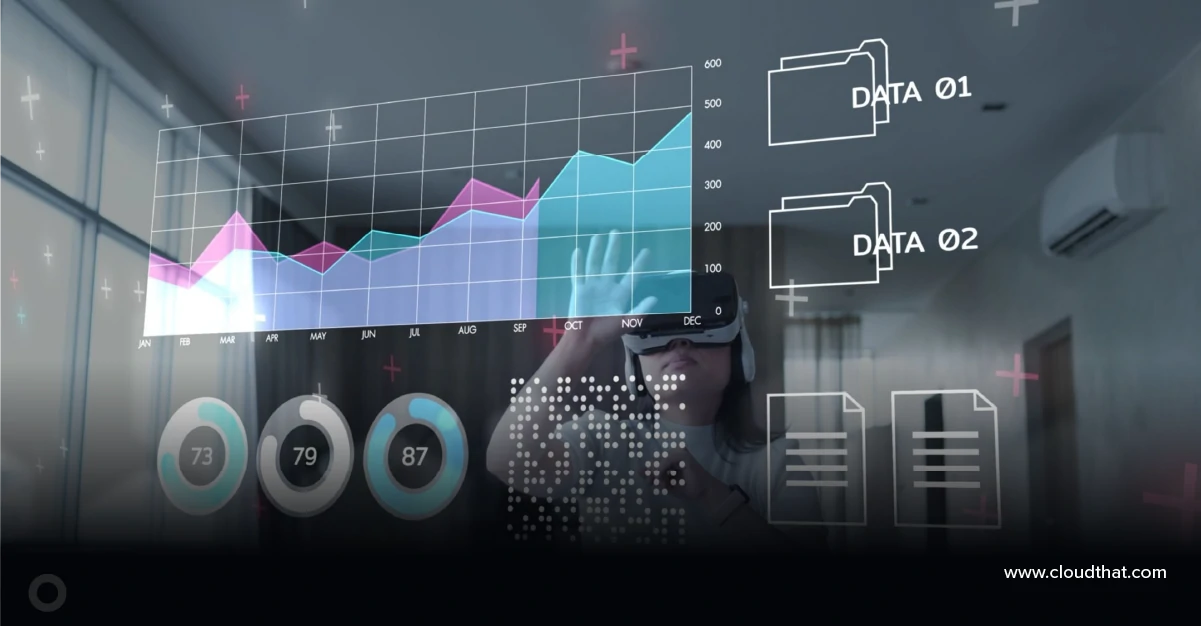



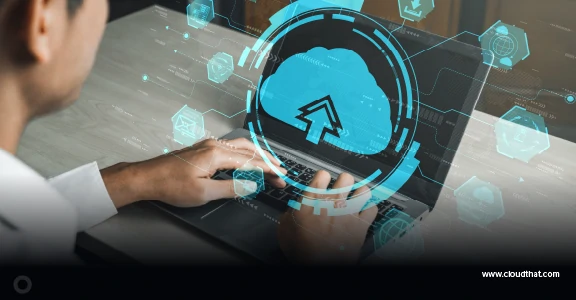
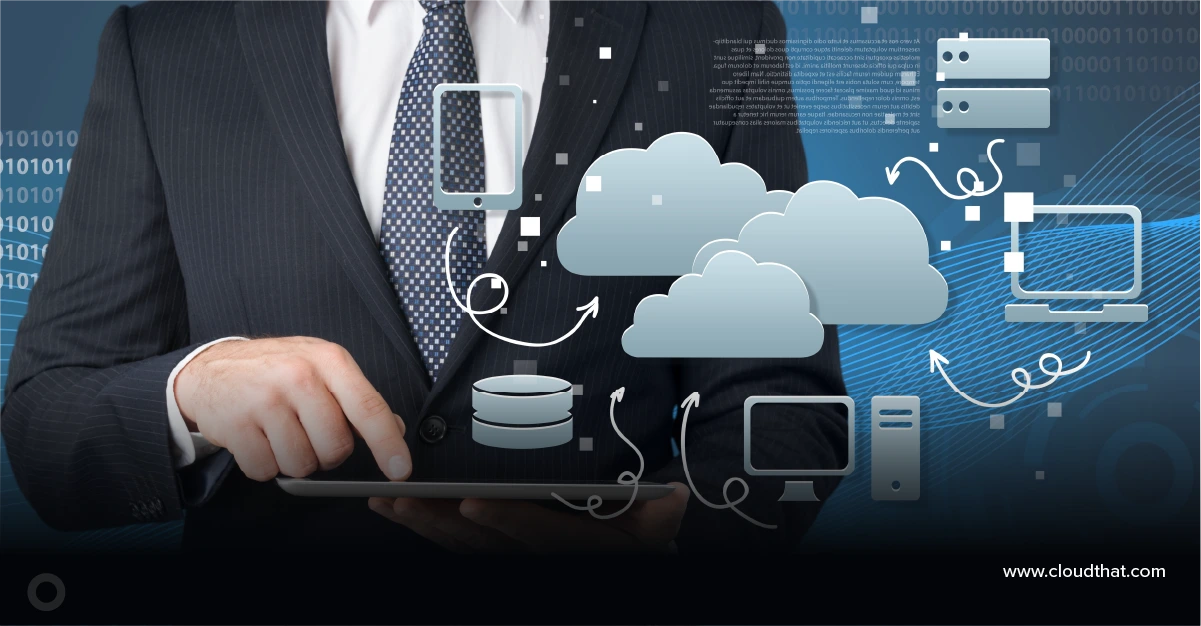

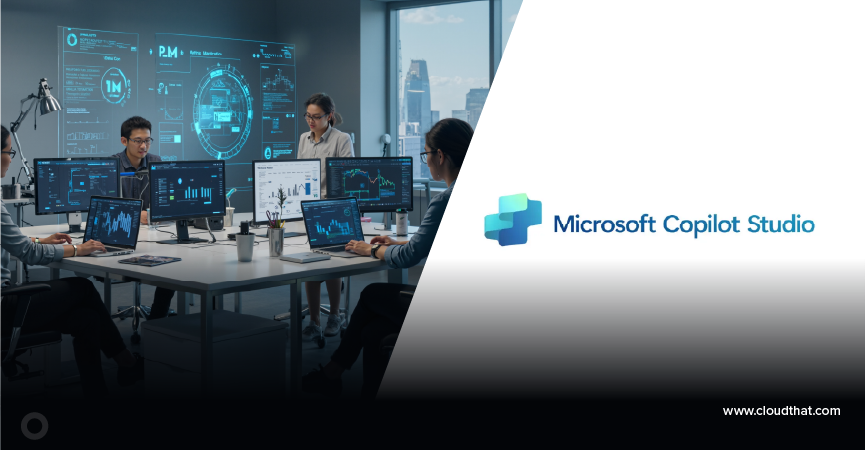
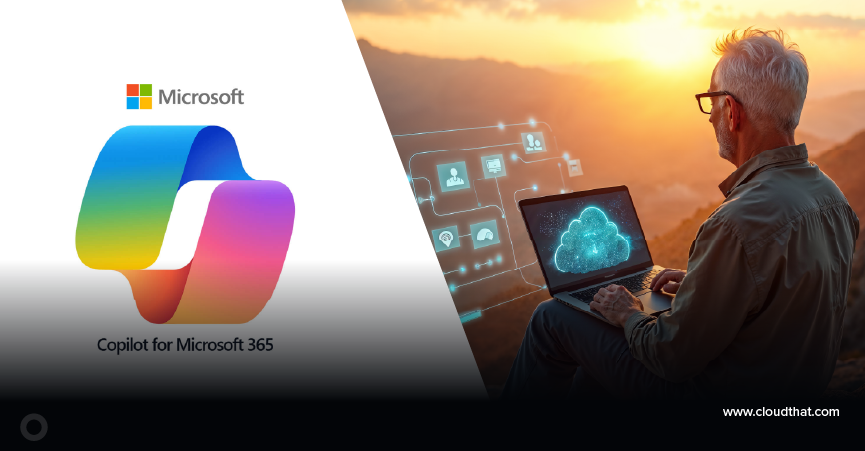
Comments